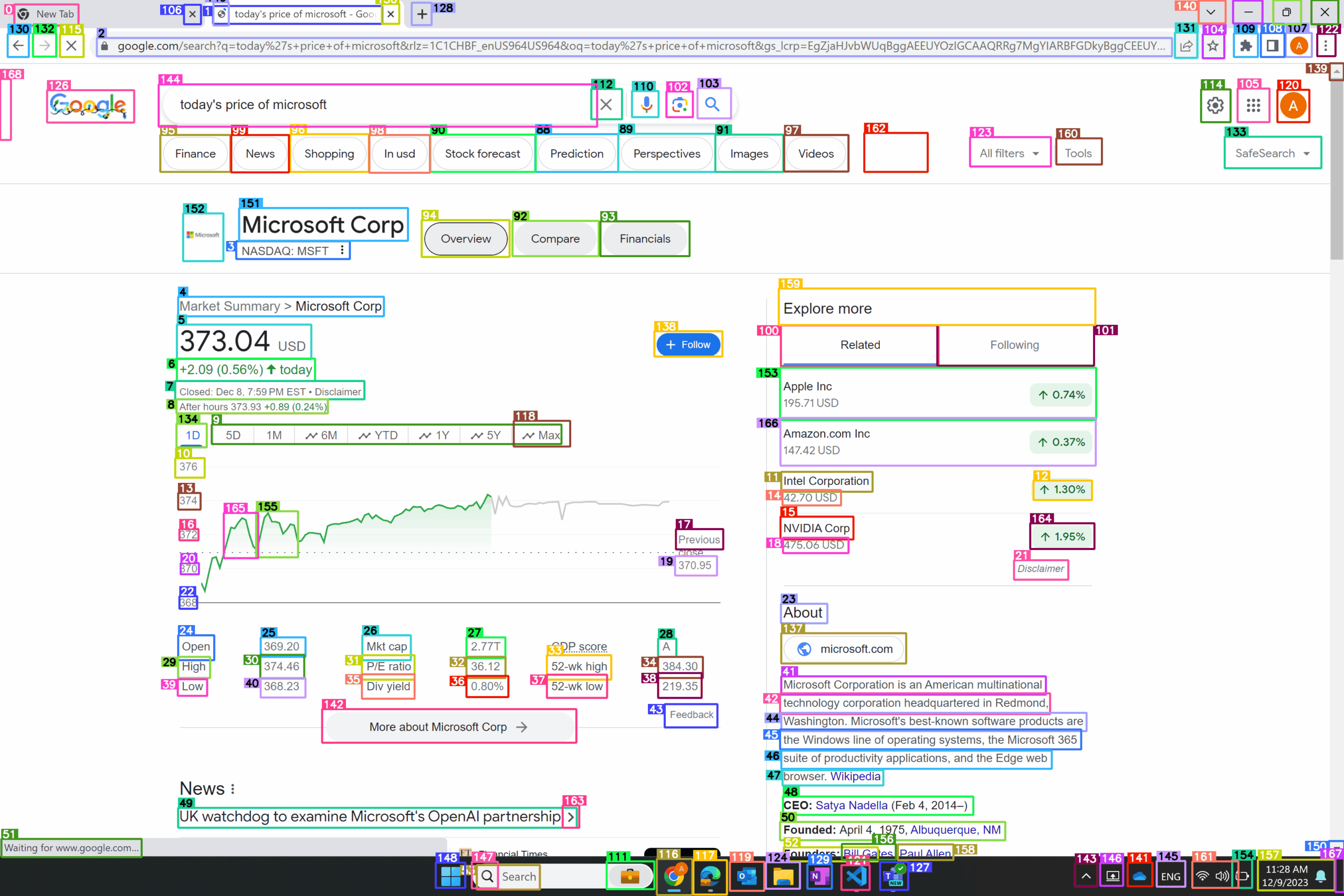
Table of Contents
Overview
Tired of tedious, repetitive tasks on your computer? Imagine an AI that can see your screen, understand the interface, and automate those tasks for you. That’s the promise of OmniParser V2, an open-source tool from Microsoft Research that’s revolutionizing how large language models (LLMs) interact with graphical user interfaces (GUIs). By transforming UI screenshots into structured elements, OmniParser V2 empowers LLMs to navigate and control software like never before. Let’s dive into what makes this tool a game-changer.
Key Features
OmniParser V2 boasts a powerful set of features designed to bridge the gap between AI and visual interfaces:
- UI screenshot tokenization: Breaks down UI screenshots into manageable tokens for LLMs to process.
- Structured element generation: Identifies and tags interactable elements within the UI, providing semantic context for the LLM.
- GUI interaction for LLMs: Enables LLMs to “see” and interact with GUIs, facilitating automated task execution.
- 60% latency reduction from V1: Offers significant performance improvements over its predecessor, leading to faster response times.
- Supports GPT-4o, DeepSeek R1, Qwen 2.5VL, Anthropic Sonnet: Compatible with a wide range of leading LLMs, providing flexibility and choice.
- Dockerized deployment via OmniTool: Simplifies deployment and setup with a containerized environment.
How It Works
The magic of OmniParser V2 lies in its ability to translate visual information into a language that LLMs can understand. The process begins with analyzing a UI screenshot to identify all the interactable elements, such as buttons, text fields, and dropdown menus. Each element is then tagged semantically, providing the LLM with information about its function and context. This structured data is then fed into the LLM, allowing it to make informed decisions about how to interact with the GUI and automate tasks based on the visual information presented.
Use Cases
OmniParser V2 opens up a world of possibilities for automating and enhancing GUI-based interactions:
- Automating repetitive GUI tasks: Automate data entry, form filling, and other mundane tasks, freeing up valuable time.
- Enhancing accessibility tools: Improve accessibility for users with disabilities by enabling AI-powered screen readers and assistive technologies.
- Testing UI components with AI agents: Automate UI testing and identify potential bugs or usability issues with AI-driven agents.
- Intelligent software walkthroughs: Create interactive tutorials and guides that adapt to the user’s actions and provide personalized assistance.
- Virtual assistance for system navigation: Develop virtual assistants that can navigate complex systems and perform tasks on behalf of the user.
Pros & Cons
Like any tool, OmniParser V2 has its strengths and weaknesses. Let’s take a look at the advantages and disadvantages:
Advantages
- No manual UI mapping needed, saving significant time and effort.
- Fast and accurate parsing ensures reliable performance.
- Compatible with multiple LLMs, offering flexibility and choice.
- Open-source deployment provides transparency and customization options.
Disadvantages
- Requires setup of Docker and dependencies, which may be challenging for some users.
- Performance varies with screen resolution and UI complexity, potentially impacting accuracy and speed.
How Does It Compare?
While OmniParser V2 is a powerful tool, it’s important to consider its competitors. NVIDIA Eureka is another vision and LLM-based agent, but it uses reinforcement learning, while OmniParser focuses on structured GUI parsing. The OpenAI API is text-based only, whereas OmniParser enables visual interface interaction, making it a more suitable choice for GUI automation.
Final Thoughts
OmniParser V2 is a promising open-source tool that has the potential to revolutionize how we interact with software. By enabling LLMs to “see” and understand GUIs, it opens up new possibilities for automation, accessibility, and intelligent assistance. While it requires some technical expertise to set up and use, the benefits of this tool are undeniable. As the technology matures and becomes more user-friendly, we can expect to see OmniParser V2 playing an increasingly important role in the future of AI-powered automation.

